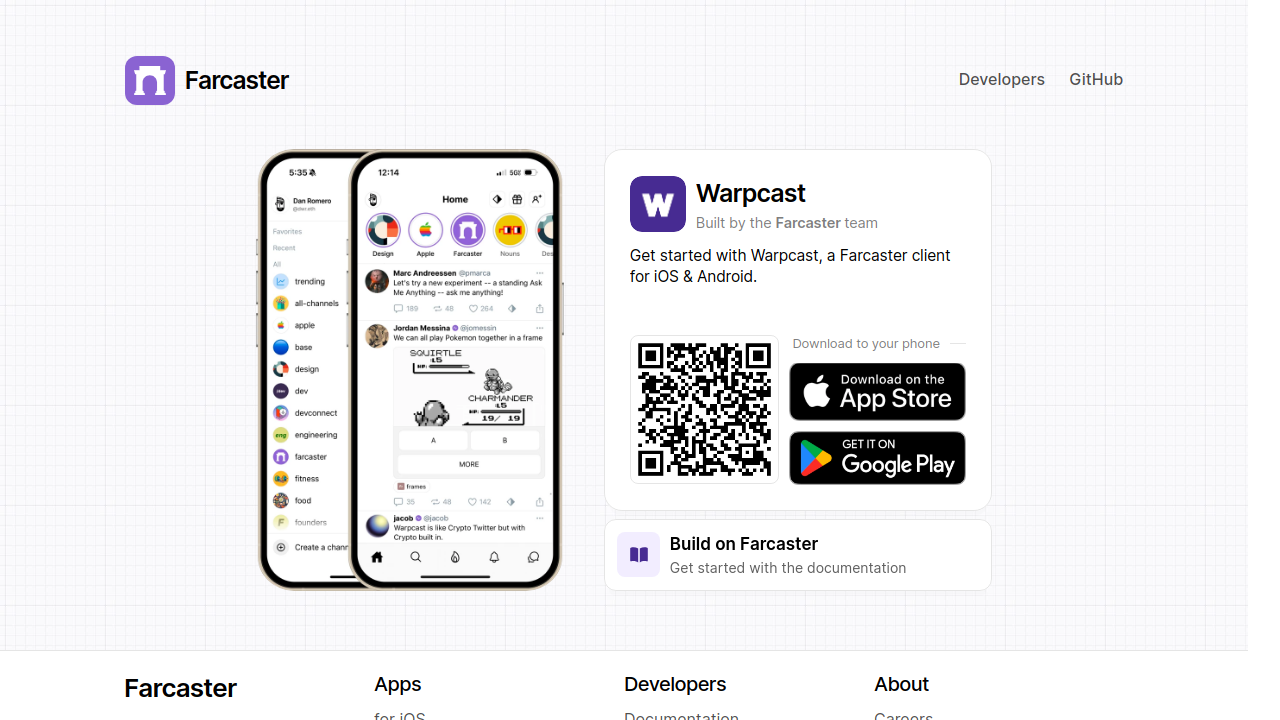In the ever-evolving landscape of social media, a new player has emerged that aims to disrupt the status quo. Farcaster, an open-sourced blockchain-based social protocol founded by two former Coinbase employees, has just closed a staggering $150 million funding round led by Paradigm, with participation from industry heavyweights like a16z crypto, Haun Ventures, and Union Square Ventures.
Farcaster’s ambitious goal is to build a decentralized social experience on top of the Ethereum blockchain. Unlike traditional social media platforms, Farcaster takes a hybrid approach, storing user identities on-chain while keeping the majority of user data, such as posts, follows, and reactions, off-chain. This unique architecture allows for greater security and transparency, as users’ on-chain identities can be used to verify their authenticity.
Users are required to “pay rent” to Farcaster in the form of Ethereum to store their data, with the current cost being around $7 worth of ETH for 5,000 posts. If a user chooses not to pay, their older posts will be deleted to make room for new ones.
One of Farcaster’s key features is its individual channels, which allow users to create and participate in discussions around specific topics, rather than cluttering their main feeds. This approach is similar to the Communities feature recently introduced by Twitter, but with the added benefit of being built on a decentralized protocol.
Another innovative aspect of Farcaster is its Frames feature, which enables developers to integrate their own applications directly into the social network. This allows users to experience a wide range of functionalities, from minting NFTs to playing collaborative games, without ever leaving the Farcaster platform. The Frames feature has already gained traction, with one user creating a Frame where others can collaboratively play Pokémon.
While Farcaster’s complicated architecture and reliance on cryptocurrency may be off-putting to some users, the platform is primarily targeting the crypto-savvy audience, for whom paying a nominal fee in Ethereum is a familiar and accepted practice. Currently, Farcaster’s social network, Warpcast, boasts around 80,000 daily active users and 350,000 signups, a significant achievement considering the platform’s recent launch in October 2023.
However, Farcaster’s growth pales in comparison to the decentralized platforms Bluesky and Mastodon, which have amassed 5.6 million and 8.6 million signups, respectively. This disparity highlights the challenges Farcaster may face in attracting a mainstream audience, as the crypto-centric nature of the platform could be a barrier for some users.
Despite these challenges, Farcaster’s $150 million funding round is a testament to the confidence that investors have in the platform’s potential. According to The Block, venture funding for crypto companies declined 68% year-over-year in 2023, making Farcaster’s raise all the more impressive. The fact that the funding comes from firms specializing in the crypto space, such as Paradigm and a16z crypto, suggests that these investors are less wary of the volatility inherent in the crypto industry.
As Farcaster sets its sights on the future, the platform’s co-founder, Dan Romero, has outlined two key priorities for the newly raised capital: growing the daily active user base and adding new developer primitives, such as channels and direct messaging, to the protocol. These efforts aim to further strengthen Farcaster’s position as a viable alternative to traditional social media platforms, offering users a more decentralized and transparent experience.
In a world where the dominance of centralized social media giants has come under increasing scrutiny, Farcaster’s emergence as a blockchain-based social protocol represents a significant shift in the industry. By leveraging the power of the Ethereum blockchain, Farcaster is poised to challenge the status quo and provide users with a new, more empowered way to connect, share, and engage online. As the platform continues to evolve and attract more developers and users, the future of social media may very well be written on the blockchain.
